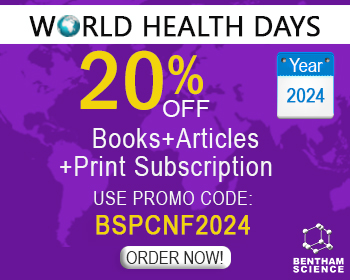Abstract
Intra-articular fibrin deposition in the inflamed joints is one of the hallmarks of rheumatoid arthritis (RA). This process is a result of local imbalance between coagulation and fibrinolysis. Proteins participating in the coagulation and fibrinolysis cascades play various roles in the process of inflammation. Chronic inflammation in joints induces activation of extrinsic coagulation cascade through the over-expression of tissue factor (TF). In addition, local fibrinolysis is greatly suppressed due to decreased tPA levels and significantly increased PAI-1. Importantly, many proteins in coagulation/ fibrinolysis cascade including TF, TF/VIIa, thrombin, fibrin, plasminogen activators (uPA) display potent proinflammatory properties, which re-inforces chronic inflammation and destruction in the engaged joints. Furthermore, coagulation/ fibrinolysis proteins may also interfere with acquired immune system. Therefore, approaches that focus on alleviating imbalance between coagulation and fibrinolysis might be beneficial in therapy of chronic arthritis.
Keywords: tissue plasminogen activator, inflammation, plasminogen activator inhibitor type-1, Receptor of uPA (uPAR), Staphylokinase








